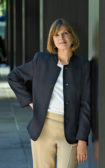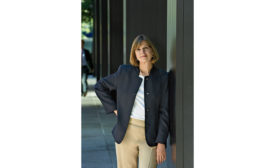Editorial
Big Ideas on Campus
Architecture education must change to keep up with the evolving profession.
Read More
But Is It Art?
Reaching across the divide of disciplines, architects and artists find that their concerns can coincide.
Read More
Modernism in the Rearview Mirror
This Venice Biennale just looks back, without an eye to the future.
Read More
Supersize It« Back to Super-size Design
Technology, demand, and daring are driving the push for big buildings.
Read More
Copyright ©2024. All Rights Reserved BNP Media.
Design, CMS, Hosting & Web Development :: ePublishing


